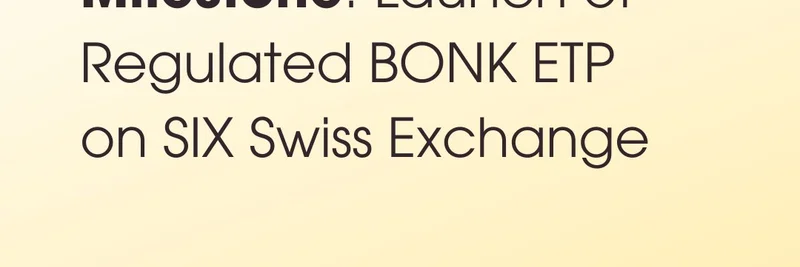Hey there, crypto enthusiasts! If you’ve been around the blockchain block, you might’ve heard the hype about Celestia (TIA) airdrops promising to "retire you." But as user Condz pointed out in a recent X post, this tale took a wild turn—leaving many retail investors scratching their heads and counting losses. Let’s break it down and see what went wrong, all while keeping it real and easy to digest.
The Hype Around TIA Airdrops
Back in the day, Celestia’s TIA token airdrops were the talk of the town. For those new to this, an airdrop is when a blockchain project gives free tokens to users—often to build buzz or reward early supporters. Sites like airdrops.io detail how Celestia distributed 60 million TIA tokens to Ethereum rollup users, Cosmos stakers, and GitHub contributors. The promise? A golden ticket to financial freedom if you staked or claimed your share.
Condz shared how they got curious and staked some TIA to learn more. Sounds like a smart move, right? But here’s where the story gets juicy—and a bit messy.
VCs Cashing Out, Retail Left Holding the Bag
In the X thread, Condz calls out a classic move: venture capitalists (VCs) farming "CT mindshare." If you’re wondering what that means, "CT" refers to Crypto Twitter (the X community), where hype can skyrocket a token’s value. VCs, who often invest early in projects, used this hype to their advantage. According to Arthur, the lead VC sold off $242 million worth of TIA in just over a year since the token generation event (TGE). Ouch!
This ties into the concept of exit liquidity, where early investors offload their holdings during peak hype, leaving latecomers—aka retail investors—like us to deal with the fallout. The chart shared by Mike Dudas shows TIA’s price crashing from $20 to under $1.50, with a market cap drop that screams trouble. Condz sums it up perfectly: "Everyone except VCs lost money on this."
Lessons Learned: DYOR is King
So, what can we take away from this? First, always do your own research (DYOR). The TIA airdrop might’ve seemed like a dream, but the lack of transparency about VC exits left many blindsided. Second, watch out for hype cycles—especially on platforms like X, where FOMO (fear of missing out) can cloud judgment.
Condz’s thread also nods to a brighter side: focus on creating content, as seen in voh’s post about earning $71,362 yearly from 4.2 million impressions. Maybe the real win is building your own brand rather than banking on airdrops!
Why This Matters for Meme Token Fans
At Meme Insider, we love digging into the wild world of meme tokens and blockchain trends. While TIA isn’t a meme coin, its story mirrors the pump-and-dump schemes often seen in that space. Whether it’s Dogecoin or Shiba Inu, the lesson stays the same: understand the players (like VCs) and the game before jumping in.
Final Thoughts
The TIA saga is a wake-up call for anyone in the DeFi or meme token scene. VCs might walk away with millions, but retail investors can protect themselves with education and caution. Stick around at Meme Insider for more stories, tips, and insights to navigate this crazy crypto landscape. Got thoughts on TIA or other airdrops? Drop them in the comments—we’d love to hear from you!




